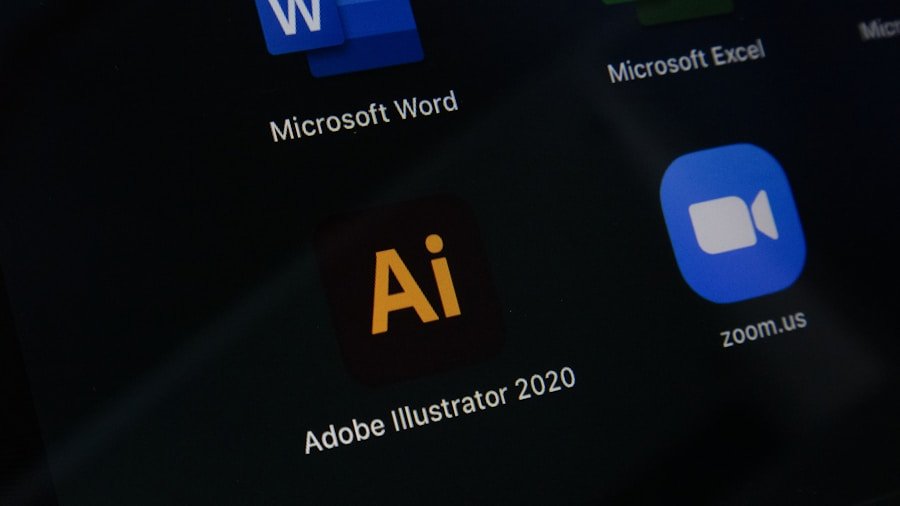JPG to ICO tool
JPG to ICO tool
Transform Your JPG Images into Eye-Catching Icons with Our Easy-to-Use ICO Tool
Converting a JPG file to an ICO file may seem like a simple task, but there are several important factors to consider in order to achieve the best results. The ICO file format is commonly used for icons in Windows applications, and it is important to understand the specific requirements and limitations of this format when converting from JPG. The ICO format supports multiple image sizes and color depths, and it is important to choose the right tool and settings to ensure that the converted ICO file is compatible with the target application or platform.
When converting a JPG to ICO, it is important to consider the size and resolution of the original image, as well as the specific requirements of the target application or platform. It is also important to consider the color depth and transparency of the original image, as these factors can affect the quality and compatibility of the converted ICO file. Additionally, it is important to consider the specific features and limitations of the tool being used for the conversion, as different tools may offer different options and settings for optimizing the ICO file.
Choosing the Right JPG to ICO Tool
There are several tools available for converting JPG files to ICO files, and it is important to choose the right tool based on the specific requirements and limitations of the conversion process. When choosing a JPG to ICO tool, it is important to consider factors such as the supported image sizes and color depths, as well as the available options for optimizing the ICO file. It is also important to consider the user interface and ease of use of the tool, as well as any additional features or advanced options that may be available.
Some popular tools for converting JPG to ICO include online converters, standalone software applications, and image editing programs with ICO export capabilities. Online converters are convenient for quick and simple conversions, but they may have limitations in terms of supported image sizes and color depths. Standalone software applications may offer more advanced options and settings for optimizing ICO files, but they may require a purchase or installation. Image editing programs with ICO export capabilities may offer a combination of convenience and advanced features, making them a good choice for users who require more control over the conversion process.
Step-by-Step Guide to Converting JPG to ICO
Converting a JPG file to an ICO file can be a straightforward process when using the right tool and following a step-by-step guide. The following is a general guide for converting JPG to ICO using a standalone software application:
1. Open the JPG file in the chosen tool for converting JPG to ICO.
2. Select the desired image size and color depth for the ICO file.
3. Adjust any additional settings or options for optimizing the ICO file.
4. Save or export the converted ICO file to the desired location.
When using an online converter or image editing program with ICO export capabilities, the specific steps for converting JPG to ICO may vary, but the general process will be similar. It is important to carefully review the options and settings available in the chosen tool in order to achieve the best results when converting JPG to ICO.
Tips for Optimizing ICO Files
Optimizing ICO files is an important step in the conversion process, as it can affect the quality and compatibility of the resulting icon. When converting a JPG file to an ICO file, it is important to consider factors such as image size, color depth, transparency, and compression in order to optimize the ICO file for its intended use. The following are some tips for optimizing ICO files:
1. Choose the appropriate image size for the ICO file based on the requirements of the target application or platform.
2. Consider the color depth of the original image and adjust it as needed for compatibility with the ICO format.
3. Pay attention to transparency settings in order to ensure that any transparent areas in the original image are preserved in the converted ICO file.
4. Use compression settings to reduce the file size of the ICO file without sacrificing image quality.
By following these tips for optimizing ICO files, it is possible to achieve high-quality results when converting JPG to ICO.
Common Issues and Troubleshooting for JPG to ICO Conversion
When converting a JPG file to an ICO file, there are several common issues that may arise, such as compatibility problems, image quality issues, or unexpected errors. In order to troubleshoot these issues and achieve successful conversions, it is important to understand the specific requirements and limitations of the ICO format, as well as any potential issues with the chosen tool for converting JPG to ICO.
One common issue when converting JPG to ICO is compatibility problems with the target application or platform. This can be caused by using an unsupported image size or color depth, or by not optimizing the ICO file properly. To troubleshoot compatibility issues, it is important to carefully review the requirements of the target application or platform and adjust the settings in the chosen tool accordingly.
Another common issue when converting JPG to ICO is image quality problems, such as pixelation or loss of detail. This can be caused by using a low-resolution or low-quality original image, or by not optimizing the ICO file properly. To troubleshoot image quality issues, it is important to use a high-resolution and high-quality original image, and to carefully review and adjust the settings in the chosen tool for converting JPG to ICO.
Exploring Advanced Features of JPG to ICO Tools
Many tools for converting JPG files to ICO files offer advanced features and options for optimizing and customizing the conversion process. These advanced features can include support for multiple image sizes and color depths, transparency settings, compression options, and additional editing capabilities. By exploring these advanced features, it is possible to achieve more control over the conversion process and achieve higher-quality results when converting JPG to ICO.
Some advanced features that may be available in tools for converting JPG to ICO include support for multiple image sizes and color depths, which can be useful for creating icons that are compatible with a wide range of applications and platforms. Transparency settings can also be important for preserving any transparent areas in the original image when converting to ICO. Compression options can help reduce the file size of the resulting ICO file without sacrificing image quality.
In addition to these features, some tools for converting JPG to ICO may offer additional editing capabilities, such as cropping, resizing, or adjusting colors. These editing capabilities can be useful for customizing the appearance of the resulting icon and ensuring that it meets specific design requirements.
Comparing Different JPG to ICO Tools
There are many different tools available for converting JPG files to ICO files, each with its own set of features, options, and limitations. When choosing a tool for converting JPG to ICO, it is important to compare different options in order to find the best fit for specific requirements and preferences.
Some factors to consider when comparing different tools for converting JPG to ICO include supported image sizes and color depths, transparency settings, compression options, user interface and ease of use, additional editing capabilities, and any advanced features or customization options. It is also important to consider any limitations or potential issues with each tool, such as compatibility problems or unexpected errors.
By comparing different tools for converting JPG to ICO, it is possible to find a tool that offers the right combination of features and options for achieving high-quality results. Whether using an online converter, standalone software application, or image editing program with ICO export capabilities, it is important to carefully review and compare different options in order to find the best tool for specific needs.





